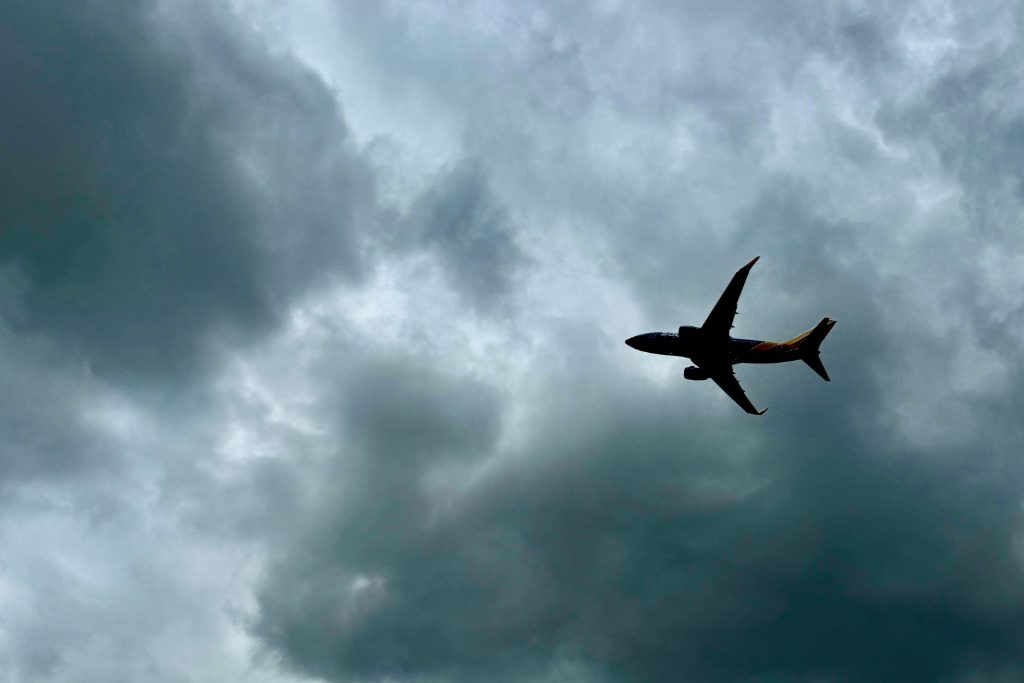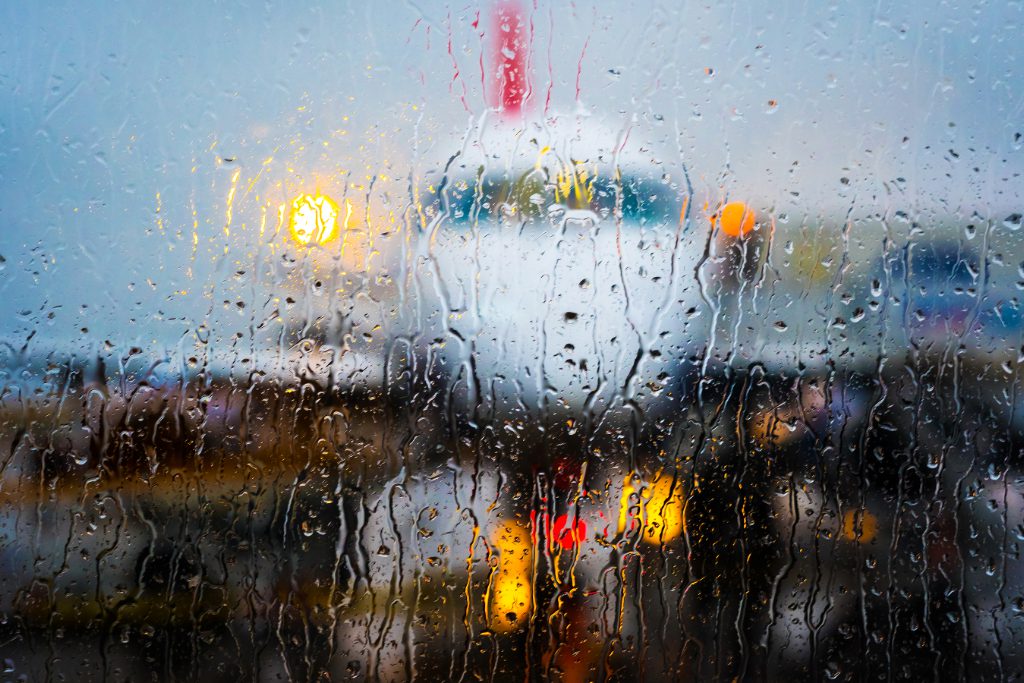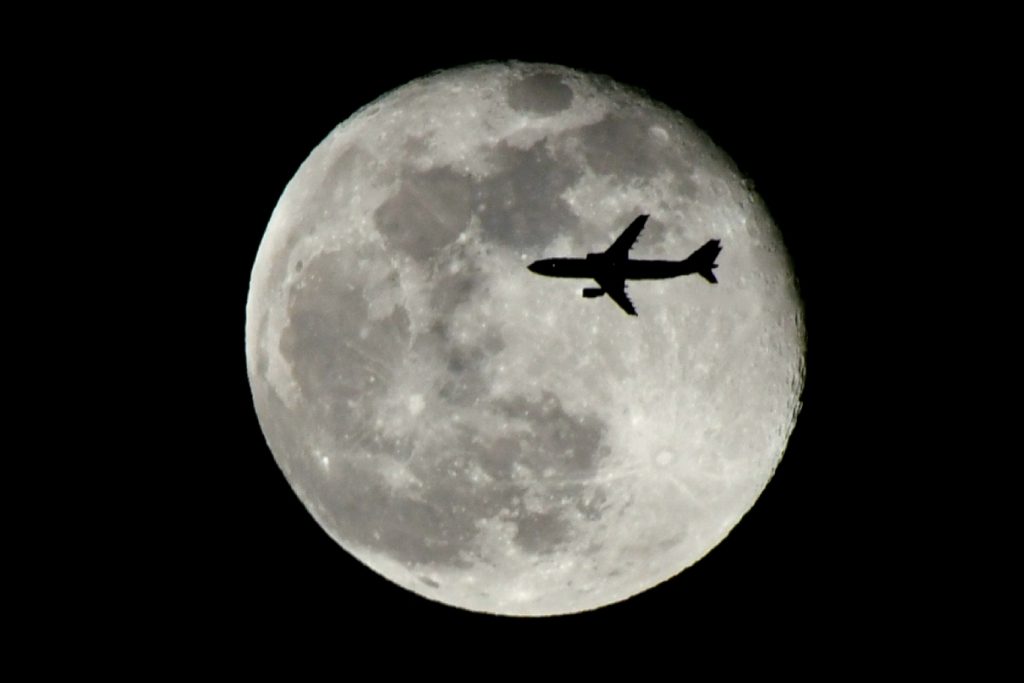The U.S. East Coast was hit by severe thunderstorms this week, leading to significant flight cancellations and delays at major airports such as JFK, Newark Liberty, and LaGuardia. There were also widespread ground stops, and the aviation system was thrown into turmoil as a result.
As airlines struggled to mitigate the impacts of heavy rainfall, lightning, and high winds in major hubs, significant portions of the aviation system came to a quick halt. According to FlightAware, massive storm systems available from July 6 to 8 in 2025 resulted in more than 7100 flights being canceled and approximately 26000 flights being delayed.

Ground Stops Spawn Carnage
Travelers using New York JFK, Newark (EWR) and LaGuardia (LGA) airports during peak hour traffic experienced severe disruptions as the FAA placed ground stops on these airports. Delta, American and United were among the most impacted with New York airports accumulating the heaviest concentration of delays and cancellations. There were also extended impacts to Logan, Boston, Philadelphia, and Washington D.C which affected both domestic flights and transatlantic flights.
The Impact of Weather on Aviation Services
Airports are often victims to extreme weather situations, may it be blizzards or snow storms. More often than not, these events are commonplace on late summer flights and wreak havoc on airport operations. Airlines re-booking options tend to be minimal for passengers whenever flights undergo operational halts.
Jetblue has faced similar issues, where “storms moving across the Northeast corridor led to unplanned diversions and forced aircraft to wait for safe departure windows,” showcasing priority for passenger safety yet provoking them simultaneously.
Passengers Advised to Stay Up-to-Date with their Flights
The FAA has along with airlines suggested passengers adhere to active monitoring of their flight’s status and reacg out to receive real-time changes via text. Experts suggest booking flights for early morning to avoid long and tedious delays.
Travel insurance is more commonly available that covers dreadful delays for those planning to travel cross country using air transportation, keeping in mind the pathetic weather conditions the US is subjected to during spring.
Storms across the US has yet again become a reason for concern, along high winds which pose a danger to ground operations, where working conditions can become dicey.
With climate change escalating the frequency and severity of different forms of weather, the aviation sector continues to get new obstacles when it comes to maintaining safety standards as well as dependability for the passengers and crew onboard. Aviation companies are doing their best to enhance monitoring systems, optimize routes, and improve communication, but passengers need to be prepared for interruptions caused by weather conditions when flying.

Conclusion
The recent storms on the East Coast remind us once again why severe weather can interruption aerial transport considerably, impacting thousands of flights alongside passengers across the nation. The operational safety of the airline is always of grave concern, especially in regard to the wellbeing of passengers and crew during any operational hold or cancellation.
For the cockpit crew and controller, as well as for the aspiring pilots, these cases exemplify the need for weather cognizance, adaptability, effective communication among crew, and with air traffic control, especially during difficult conditions. During the pilots’ training they should be educated on their weather’s containment as a supplement to air traffic control operations.
Changing climate conditions may directly affect the frequency of aviation disruptions in the future, reinforcing the need to always center approach to operational flexibility, resilience, utmost security, and care for the passengers.



















